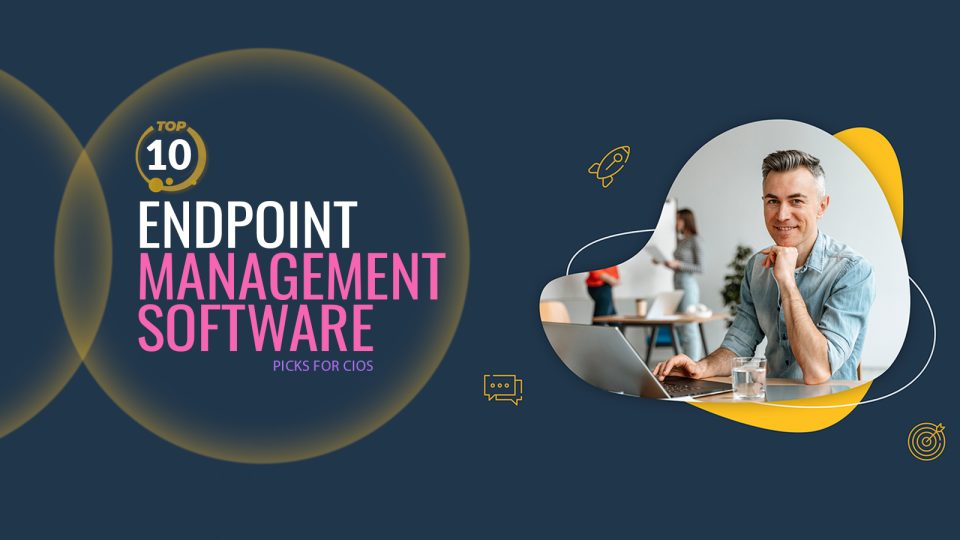As cyber threats continue to evolve, the volume and sophistication of cybercrime are on the rise, presenting organizations with an escalating challenge. Security breaches, now more destructive than ever, are posing a formidable threat. With the increase in cybercrime, detecting these threats becomes increasingly elusive.
Organizations prioritize network and system fortifications for a robust security infrastructure. However, endpoint management, despite its potential, is often underestimated. It could be the key to effectively bolstering cybersecurity measures. Recognizing the significance of endpoint management is pivotal for fortifying systems and protecting sensitive data. This component might be the linchpin for ensuring cybersecurity resilience and instilling confidence in stakeholders amid escalating cyber threats.
Cybercriminals often exploit endpoints as easily accessible entry points. According to an IDC STUDY, nearly 70% of successful breaches are attributed to endpoints.


